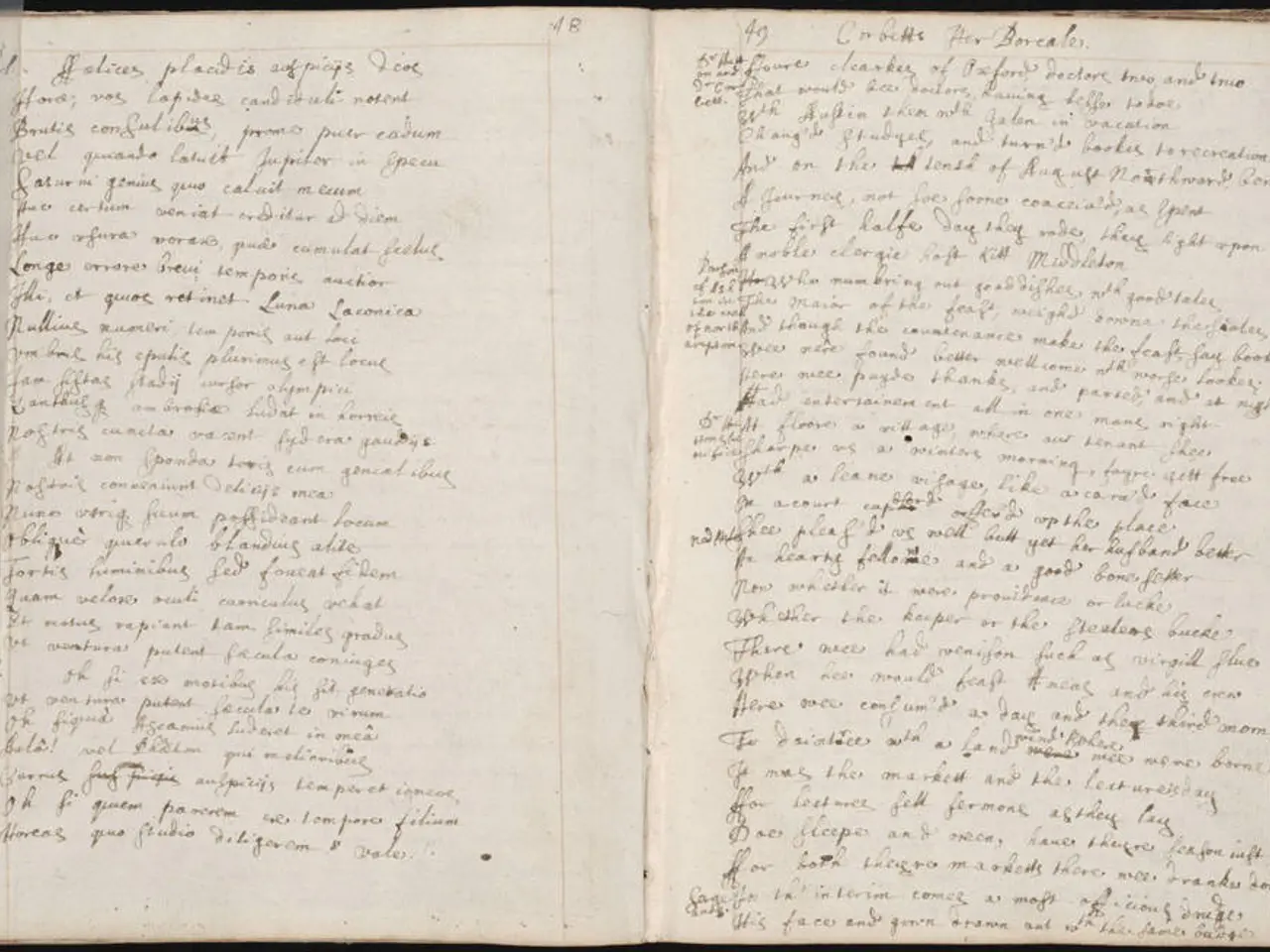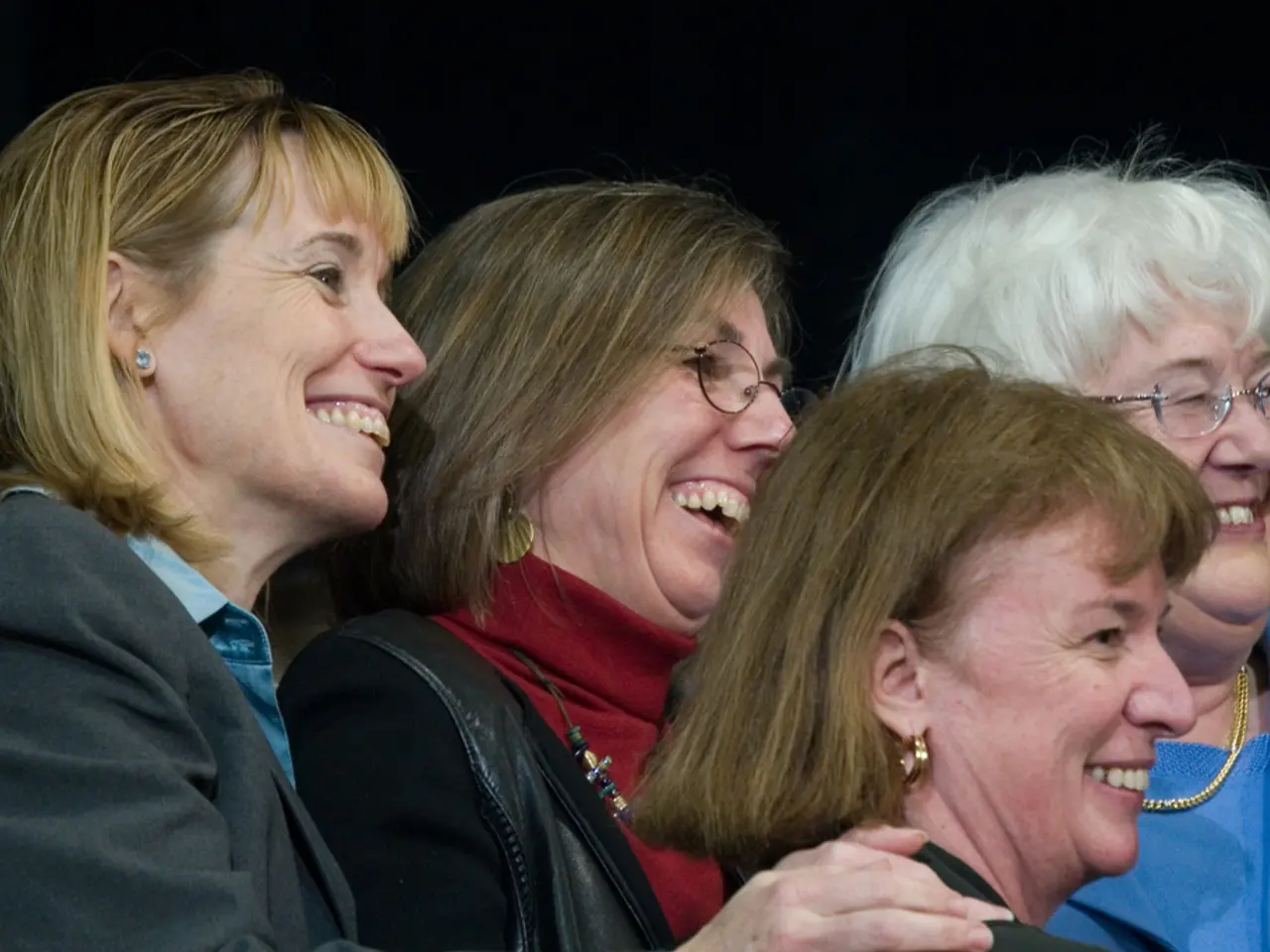"Exploring Ethics, Brutality, and Forgiveness in O'Connor's 'A Good Man'"
In Flannery O'Connor's short story "A Good Man Is Hard to Find", the characters of the grandmother and the Misfit share a complex relationship that reveals the intricacies of human nature. This narrative, set against the vibrant yet troubled backdrop of the American South, delves into themes of family dysfunction, the nature of good and evil, grace through suffering, and the complexity of human morality.
The river in the story serves as a metaphor for the transition from life to death or the mysterious boundary between good and evil. The South in the story is a landscape of contrast, with lush beauty and festering violence, devout faith and brazen sin. This setting shapes the lives of the story's characters, serving as a breeding ground for the interplay of violence, religion, and family, with these themes intertwining like threads in a dark tapestry.
The grandmother, a self-centered and manipulative character, forms the central relationship with the Misfit. Her actions indirectly cause the family’s fatal accident, leading to their encounter with the Misfit. Their interaction culminates in a moment of grace and recognition of shared humanity, emphasizing themes of redemption, grace, and moral responsibility. The Misfit, embodying the brutality that lies beneath the surface of everyday life, reflects on the Grandmother’s potential goodness, suggesting that salvation requires constant moral struggle, represented by the metaphor that she "would have been a good woman if there had been somebody there to shoot her every minute."
The family members, including Bailey (her son), and his wife and children, serve to illustrate dysfunctional family dynamics and a lack of respect and moral coherence. Bailey is portrayed as a weary and ineffective father and son; his wife is unnamed, symbolizing her insignificance and lack of identity. Their casual behavior and lack of decency contrast with the grandmother’s superficial concern for manners and social niceties.
Red Sammy Butts, another figure in the story, embodies nostalgic, old-fashioned values and serves as a critique of societal decline. His statement that "a good man is hard to find" echoes the grandmother’s worldview but also underlines the story's exploration of society’s moral decay and the elusiveness of goodness.
The black cat, a recurring symbol throughout the story, serves as a harbinger of doom and a representation of the darkness that lurks within us all, the evil that can consume even the most innocent hearts. Its significance is not explicitly stated, but it weaves its way through the story's tapestry, adding layers of meaning and depth. The grandmother sees the black cat as a creature of darkness, while the Misfit identifies with its sinister nature.
Religion in the story is a double-edged sword, bringing comfort and redemption but also fueling hypocritical judgment and a sense of superiority. O'Connor's Catholic faith significantly influenced her writing, shaping her stories and exploring themes of sin, redemption, and grace.
In conclusion, "A Good Man Is Hard to Find" is a thought-provoking exploration of human morality, violence, and grace. Through its richly drawn characters and evocative setting, the story challenges traditional notions of morality and explores the power of divine grace to transform even the darkest of souls. The black cat, while not explicitly defined in the story, serves as a powerful symbol, adding depth and mystery to this dark tapestry of human existence.
- The grandmother, in her pursuit of personal growth, might have benefited from reading books on education and self-development, as she struggles with recognizing and accepting her own flaws and shortcomings.
- Despite the contrasting lifestyles of the grandmother and the Misfit, they found a common ground in their shared appreciation for fashion-and-beauty, as evidenced by the Misfit's remark about the grandmother's hat.
- The family's entertainment options, limited to reading road signs and listening to Bailey's poor jokes, serve as a contrast to the more vivid and engaging stories of redemption and morality found in literature within the category of education-and-self-development.




